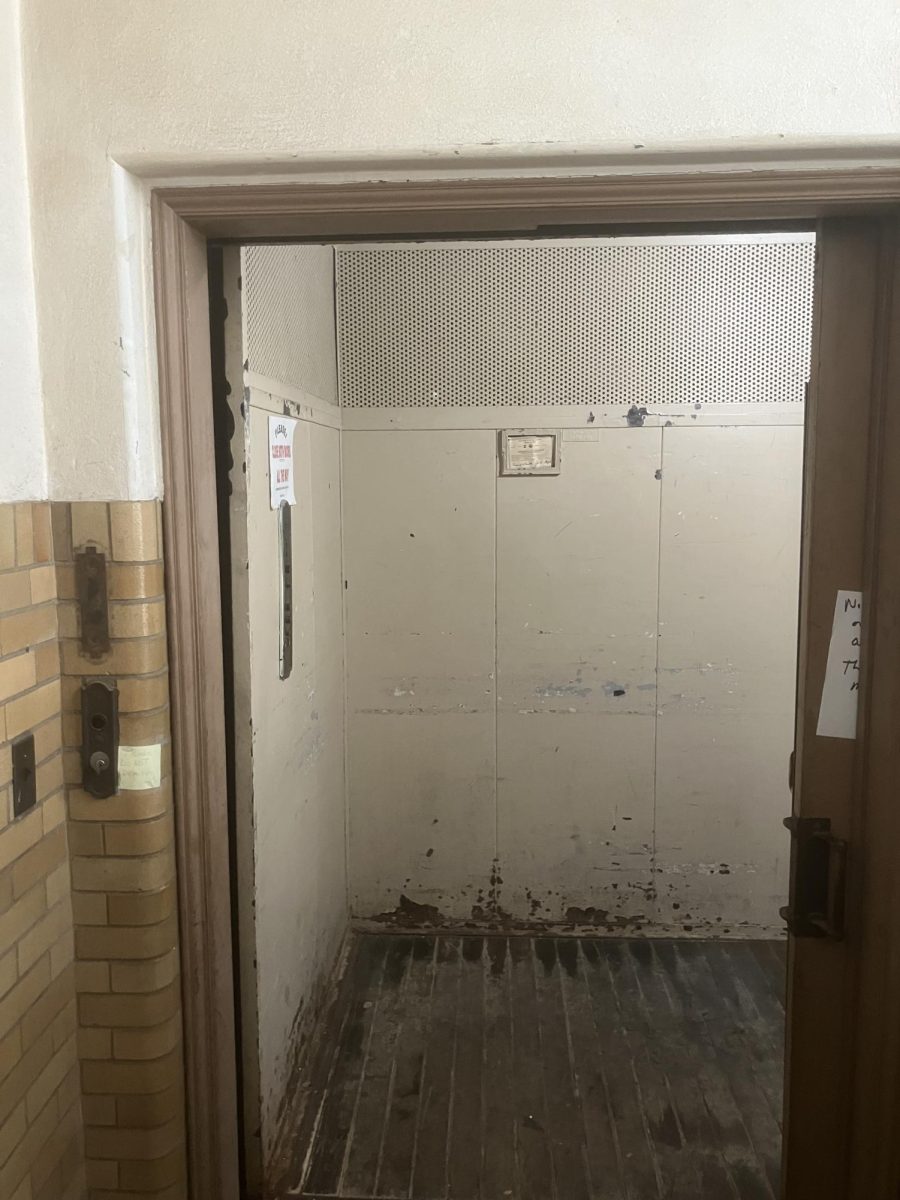This year, the number of National Merit Semifinalists reached an all-time low this year.
The class of 2013 includes only seven semifinalists.
Shaker Heights High School has an SAT average about 100 points higher than the national average; Shaker exceeds the rest of the competition in Ohio and most states. However, the rate of students achieving the status of semifinalist for the National Merit Scholarship Program has been declining steadily since 1997.
The National Merit website states that the “National Merit Scholarship Program is an academic competition for recognition and scholarships that began in 1955. High school students enter the National Merit Program by taking the Preliminary SAT/National Merit Scholarship test,” also known as PSATs. Students take the PSAT in September of the junior year, and results are typically released in December. National Merit status is determined by these PSAT scores.
Becoming a semifinalist boosts a student’s college application. According to the National Merit Scholarship Corporation website, about 1.5 million students enter the competition yearly and about 50,000 are selected for some recognition. By fall of the year after students take the test, the corporation narrows the number to about 16,000 students who qualify as semifinalists. By February, 15,000 of those students advance to finalist status. Of that group, 8,300 are awarded scholarship money. Although Shaker still has more yearly semifinalists compared to other schools, its own average is declining.
“I am aware that there have been fewer numbers of National Merit Semifinalists over the last two or three years,” said guidance counselor David Peterjohn. Asked about ways to improve the number of semifinalists, he said, “I believe continuing with the Princeton Review’s test prep would be helpful and perhaps adding another general test-taking program of greater length could be helpful.”
The percent of seniors receiving these awards varies. In the 1970s, the senior class was very large and usually around 13 to 17 percent of them earned National Merit recognition. In the past three years, the number of awards received has been as low as eight percent of the senior class.
Peterjohn thinks analysis of the scores may help find a solution to the problem. “It might help to look at where some of the scores are dropping and see if any work can be done within curriculum of specific classes to improve students’ skills,” he said.
A version of this article appeared in print on 13 December 2012, on page 2 of The Shakerite






